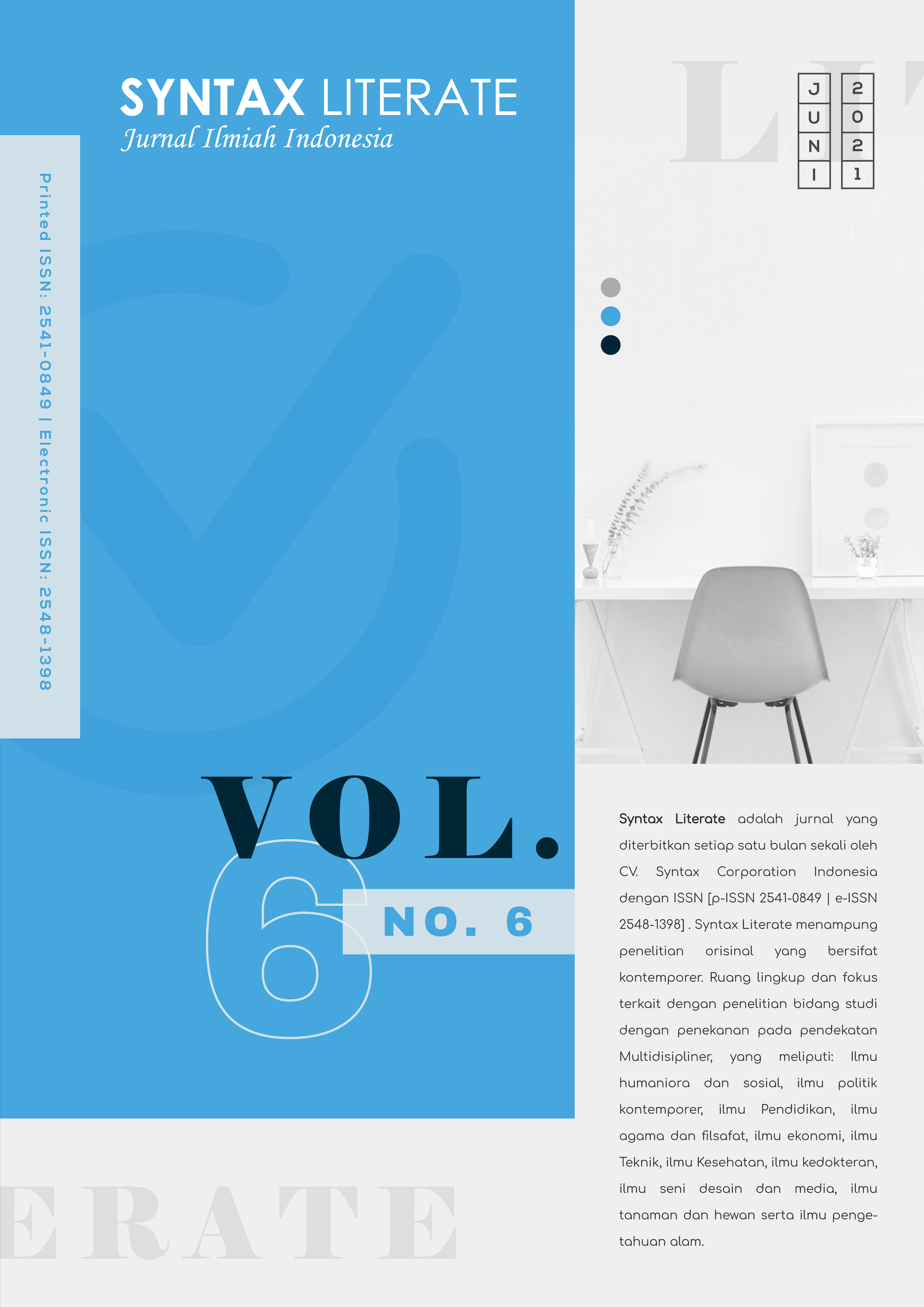Analisis Komunikasi Krisis YG Entertainment dalam Kasus Burning Sun
Abstract
Kesuksesan industri hiburan Korea Selatan tidak lepas dari peran perusahaan agensi hiburan yang mencetak idola ternama. Untuk mempertahankan reputasi sebagai industri yang sukses menaungi artis dan grup ternama, perusahaan agensi harus memiliki cara berkomunikasi yang tepat, termasuk disaat perusahaan dilanda krisis. Penelitian ini mengangkat salah satu agensi idol Korea Selatan YG Entertainment yang mengalami situasi krisis pada 2019 lalu. Pimpinan YG Entertainment beserta artis yang dinaunginya terbukti terlibat skandal. Penelitian ini bertujuan untuk mempelajari bagaimana perusahaan agensi hiburan merespons krisis dan bagaimana respon krisis yang seharusnya diberikan sesuai dengan kerangka Situational Crisis Communication Theory. Metode yang dipakai dalam kajian ini adalah analisis isi kualitatif. Hasil penelitian menunjukkan bahwa krisis yang dialami oleh YG Entertainment termasuk dalam ranah victim cluster dengan jenis krisis yaitu rumor dan malevolence toward organization. Adapun rekomendasi untuk YG Entertainment dalam mengatasi krisis rumor adalah merespons dengan cepat, konsisten dengan pesan-pesan inti, dan terbuka dengan informasi serta bersikap jujur.
Downloads
References
Akhyar, Dani, & Pratiwi, Arum Sekar. (2019). Media Sosial Dan Komunikasi Krisis. Ultimacomm: Jurnal Ilmu Komunikasi, 11(1), 35–52. Google Scholar
Berger Peter, L., & Luckmann, Thomas. (1966). The Social Construction Of Reality: A Treatise In The Sociology Of Knowledge. Anchor Book. Google Scholar
Coombs, W. Timothy. (2007). Protecting Organization Reputations During A Crisis: The Development And Application Of Situational Crisis Communication Theory. Corporate Reputation Review, 10(3), 163–176. Google Scholar
Coombs, W. Timothy, & Holladay, Sherry J. (2011). The Handbook Of Crisis Communication (Vol. 22). John Wiley & Sons. Google Scholar
Creswell, John W., & Creswell, J. David. (2017). Research Design: Qualitative, Quantitative, And Mixed Methods Approaches. Sage Publications. Google Scholar
Fearn-Banks, Kathleen. (2016). Crisis Communications: A Casebook Approach. Routledge. Google Scholar
Kerans, B. L., Dybdahl, M. F., Gangloff, M. M., & Jannot, J. E. (2005). Potamopyrgus Antipodarum: Distribution, Density, And Effects On Native Macroinvertebrate Assemblages In The Greater Yellowstone Ecosystem. Journal Of The North American Benthological Society, 24(1), 123–138. Google Scholar
Kim, Rebecca Chunghee, Yoo, Kate Inyoung, & Uddin, Helal. (2018). The Korean Air Nut Rage Scandal: Domestic Versus International Responses To A Viral Incident. Business Horizons, 61(4), 533–544. Google Scholar
Korchi, Amine M., Cengarle-Samak, Alexandre, Okuno, Yuji, Martel-Pelletier, Johanne, Pelletier, Jean Pierre, Boesen, Mikael, Doyon, Josée, Bodson-Clermont, Paule, Lussier, Bertrand, & Héon, Hélène. (2019). Inflammation And Hypervascularization In A Large Animal Model Of Knee Osteoarthritis: Imaging With Pathohistologic Correlation. Journal Of Vascular And Interventional Radiology, 30(7), 1116–1127. Google Scholar
Mccanna, Karen S. Levy. (2019). Employer Perceptions When Applying Criminal History Information To The Hiring Process. Walden University. Google Scholar
Roemit, Korea. (2019). Retrieved From Youtube: Https://Www.Youtube.Com/Watch?V=Q0moqzlzqv. Google Scholar
Suhaeri, Suhaeri. (2018). Strategi Komunikasi Inovasi Dalam Meminimalisir Konflik Horizontal Pengemudi Taksi Online Dan Konvensional Di Kota Bandung. Syntax Literate; Jurnal Ilmiah Indonesia, 3(2), 122–131. Google Scholar
Sullivan, John T., Mcgee, Thomas J., Stauffer, Ryan M., Thompson, Anne M., Weinheimer, Andrew, Knote, Christoph, Janz, Scott, Wisthaler, Armin, Long, Russell, & Szykman, James. (2019). Taehwa Research Forest: A Receptor Site For Severe Domestic Pollution Events In Korea During 2016. Atmospheric Chemistry And Physics, 19(7), 5051–5067. Google Scholar











